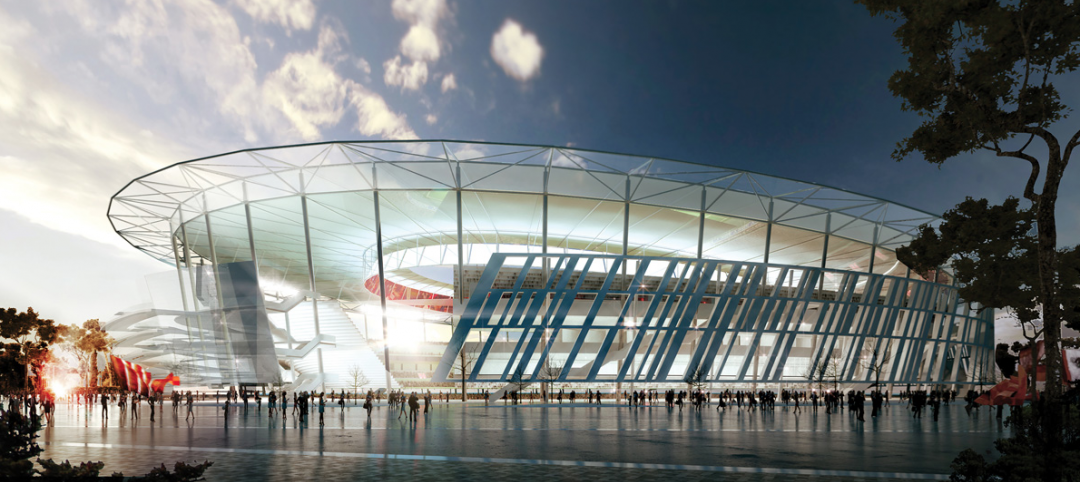The recently unveiled bipartisan “Invest in America Act” would attract as much as $125 billion in global investment in aging buildings and crumbling infrastructure in the U.S., according to supporters of the federal legislation.
The bill is supported by The American Institute of Architects (AIA) and The Real Estate Roundtable (RER). It could create as many as 284,000 American jobs, sponsors say.
The legislation would repeal the “Foreign Investment in Real Property Tax Act” (FIRPTA). First enacted in 1980, FIRPTA is a tax that “deflects global capital from U.S. cities and towns by imposing a capital gains tax on global investors that finance any U.S. real property,” according to an AIA news release.
The law “greatly inhibits state and local leaders from partnering with global investors—in addition to leveraging domestic partners—to improve their communities, including renovating aging buildings; constructing roads, bridges, tunnels, hospitals and airports; developing affordable housing; and utilizing new Opportunity Zones,” the release says.
Related Stories
Giants 400 | Aug 4, 2015
GIANTS 300 REPORT: Top 64 Architecture/Engineering Firms
Stantec, HOK, and Callison RTKL top Building Design+Construction's 2015 ranking of the largest architecture/engineering firms in the United States.
Giants 400 | Aug 4, 2015
GIANTS 300 REPORT: Top 106 Architecture Firms
Gensler, Perkins+Will, and Kohn Pedersen Fox top Building Design+Construction's 2015 ranking of the largest architecture firms in the United States.
Giants 400 | Aug 4, 2015
ARCHITECTURE GIANTS: 21 practice management innovations from architecture Giants
Design firms have gone all out with management innovations in the last year. Check out which ones might work for your firm.
Architects | Aug 4, 2015
Frank Lloyd Wright School of Architecture closer to independent incorporation
The school is halfway to its first fundraising milestone, but is facing a major deadline at end of this month.
Industrial Facilities | Aug 3, 2015
Architect Jacques Rougerie envisions floating city to function as roving laboratory
The manta ray-shaped vessel will be completely self-sustaining, run on marine energy, and produce no waste.
Cultural Facilities | Aug 3, 2015
Funding needed for Washington's Desert Storm memorial
The National Desert Storm Memorial Foundation has a $25 million goal for the project.
Sports and Recreational Facilities | Jul 31, 2015
Zaha Hadid responds to Tokyo Olympic Stadium controversy
“Our warning was not heeded that selecting contractors too early in a heated construction market and without sufficient competition would lead to an overly high estimate of the cost of construction,” said Zaha Hadid in a statement.
Architects | Jul 30, 2015
The Lego Architect: Book offers simple how-to steps for recreating iconic buildings with Legos
The book features famous buildings accompanied with a photograph and drawing of the Lego model of the building, and a list of all the Lego pieces needed to complete a model of the building.
Transit Facilities | Jul 30, 2015
Snøhetta designs ring-shaped cable car station in Italian Alps
In Snøhetta’s design, two cylindrical rings embedded into the existing topography, each at different elevations, will be connected by a cable car. During the minute-long cable car journey, passengers can enjoy views of the city and of the Italian Alps.
Office Buildings | Jul 29, 2015
Design plans for Fannie Mae’s new HQ revealed
The developer/owner, Carr Properties, envisions a 1-million-sf plus mixed-use center with a large retail pavilion.

















